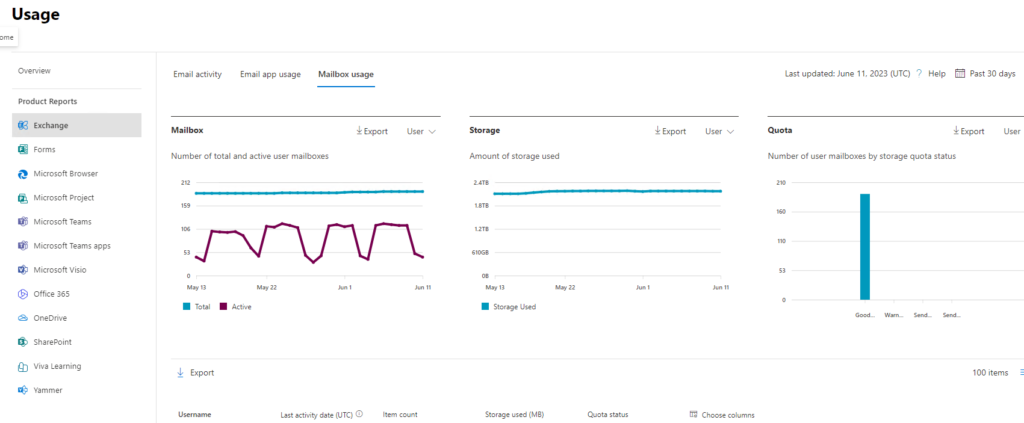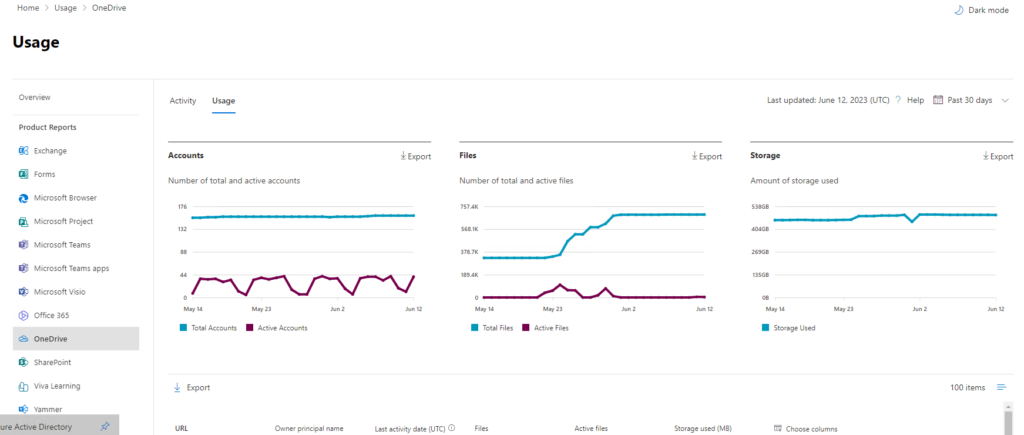Q: What are different between Shared Mailboxes and Office 365 Groups?
A: Quoted from online:
Groups in Office 365 have many of the features that Exchange Online shared mailboxes do.
- Multiple users can access a Group mailbox, just as they would a shared mailbox.
- A Group mailbox can be used as a single point of email contact for a team or group of users, just as a shared mailbox can be.
- Users can send-as or send-on-behalf of a Group mailbox, just as they would a shared mailbox.
- Emails sent to Groups and shared mailboxes are preserved for historical reference, unless deleted by a user.
Office 365 Groups have additional features that shared mailboxes do not.
- Users (members) can subscribe to receive a copy in their own mailbox of the emails sent to the Group mailbox, which makes Groups work in a similar manner to distribution lists.
- Groups include additional collaboration apps and resources such as a SharePoint team site, OneNote notebook, Planner, and Teams.
- Groups have a guest access model for external collaboration that shared mailboxes do not.
- Groups have connectors for integrating other applications.
However, shared mailboxes have some capabilities that may make them more suitable to teams than Groups.
- Shared mailboxes can have sub-folders in the mailbox, whereas Group mailboxes can’t.
- Shared mailboxes have more granular permissions available than Groups do.
There is some demand for Group mailboxes to have sub-folders, as shown in the comments on this Uservoice suggestion. It’s quite common for teams that use a shared mailbox as an inbound communication channel to user sub-folder to sort or file away items that have been actioned. Although I prefer to recommend a proper ticketing/job management system instead, I understand that simpler scenarios don’t warrant setting up a whole separate system and that a shared mailbox with some sub-folders is quite sufficient.
The sub-folders capability is also a problem for anyone considering migrating public folders to Groups. If the public folders have a complex folder hierarchy that needs to be preserved, then you will basically lose that hierarchy due to the lack of sub-folders in Groups.
As it stands right now, the decision to go with Groups or shared mailboxes is a case of “it depends”. Work out which limitations are a showstopper for you, and which capabilities you need the most, and then make your decision based on that. Given the interest that Microsoft has in Groups adoption, perhaps we’ll see the sub-folders capabilities show up in the future.




























